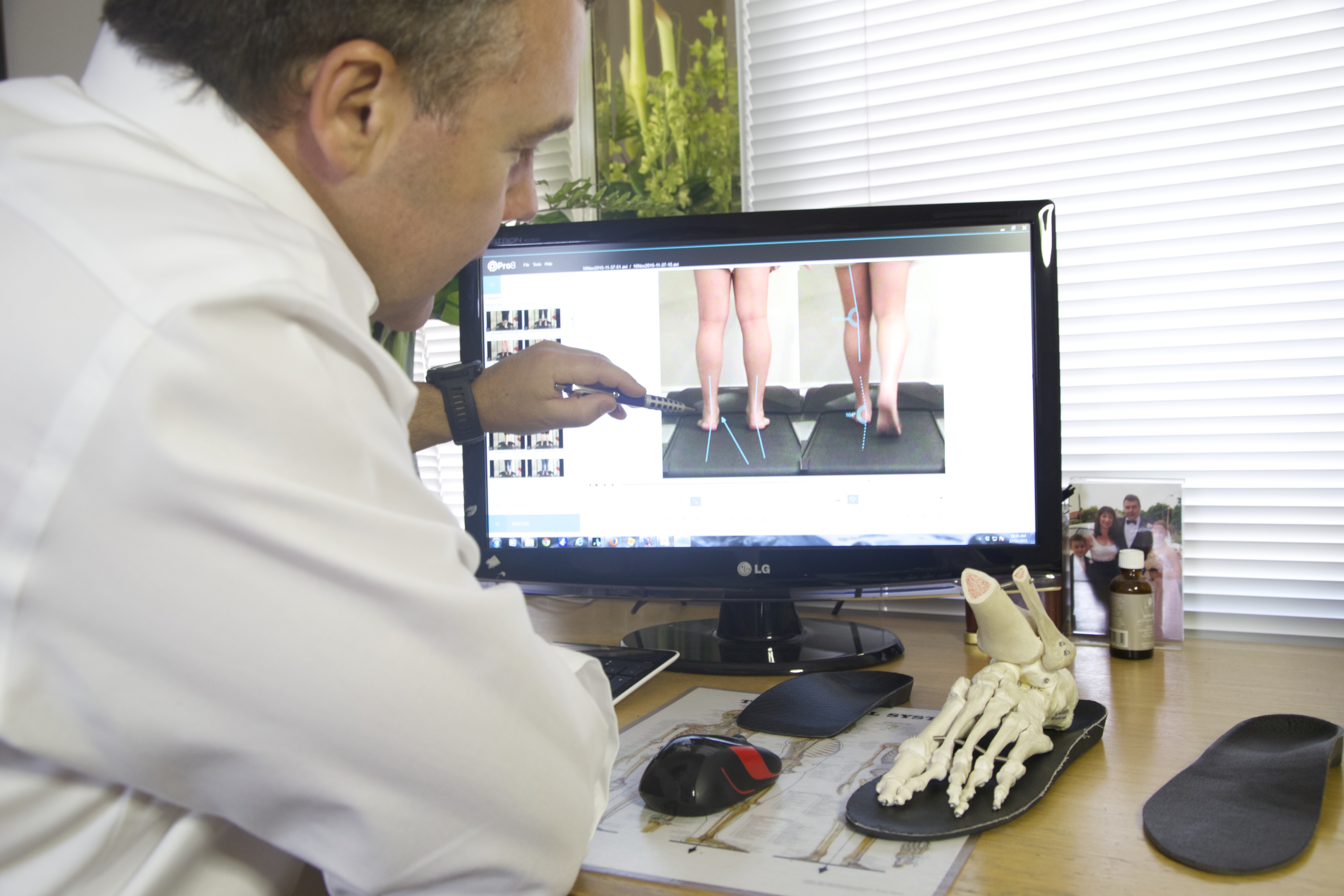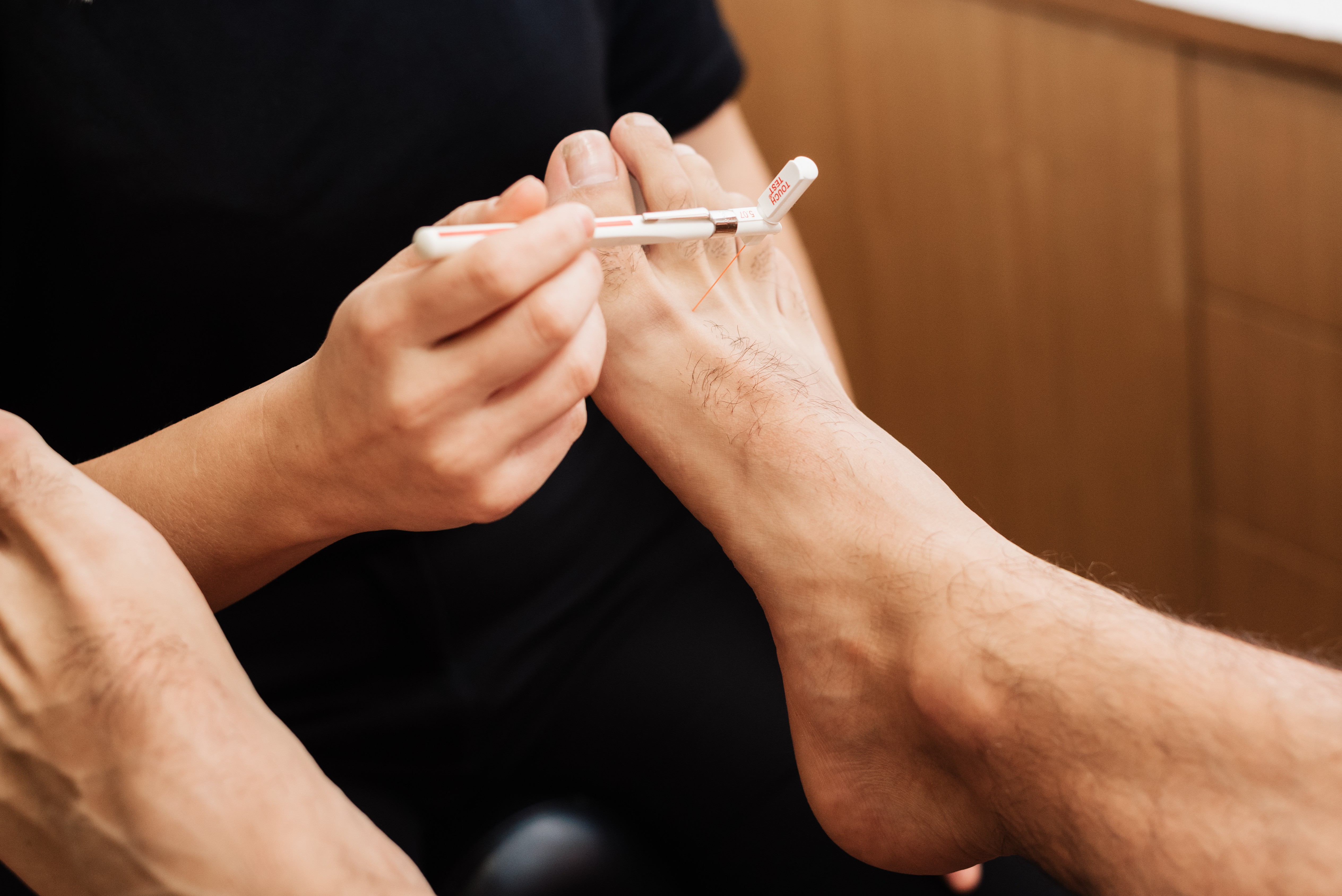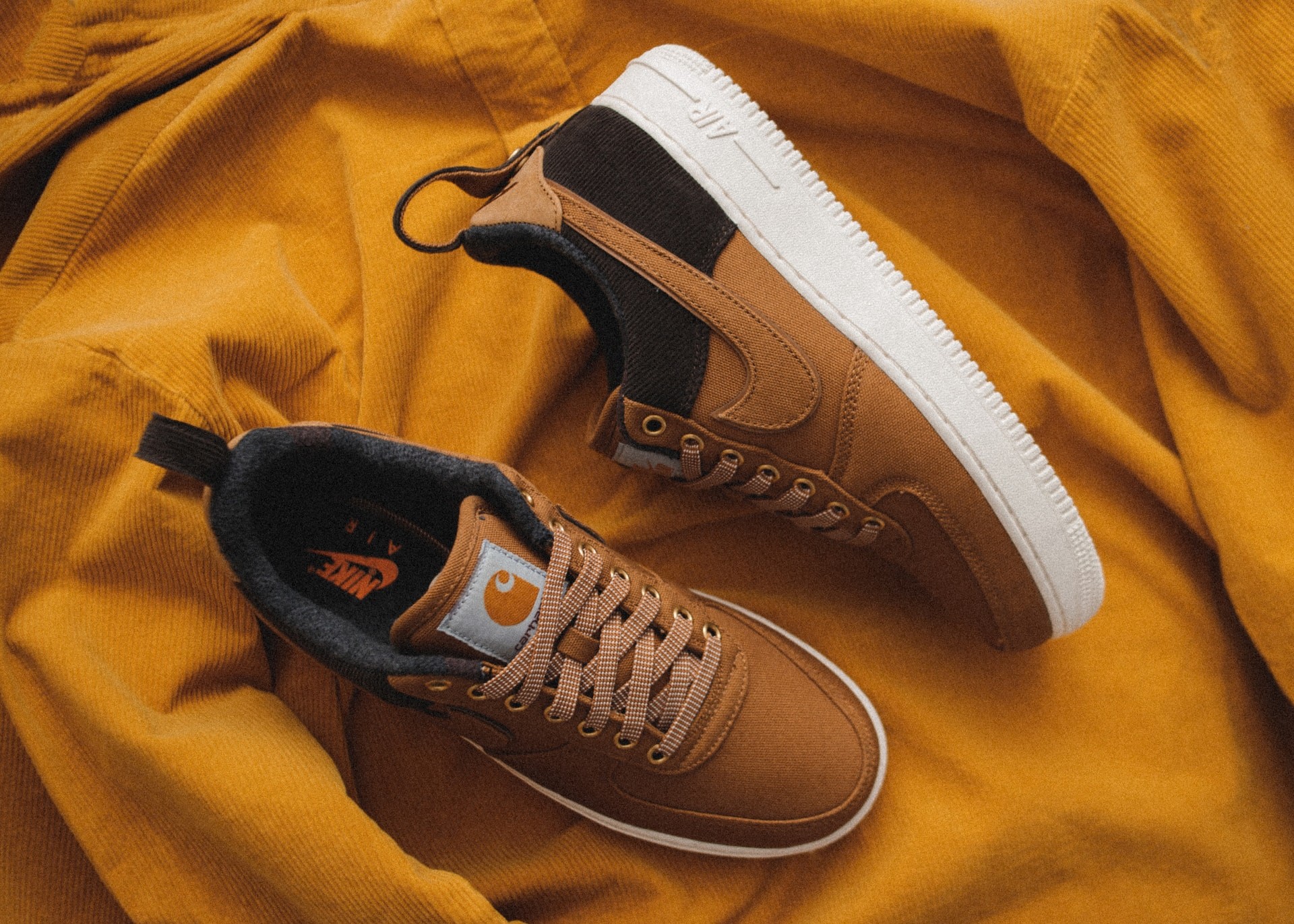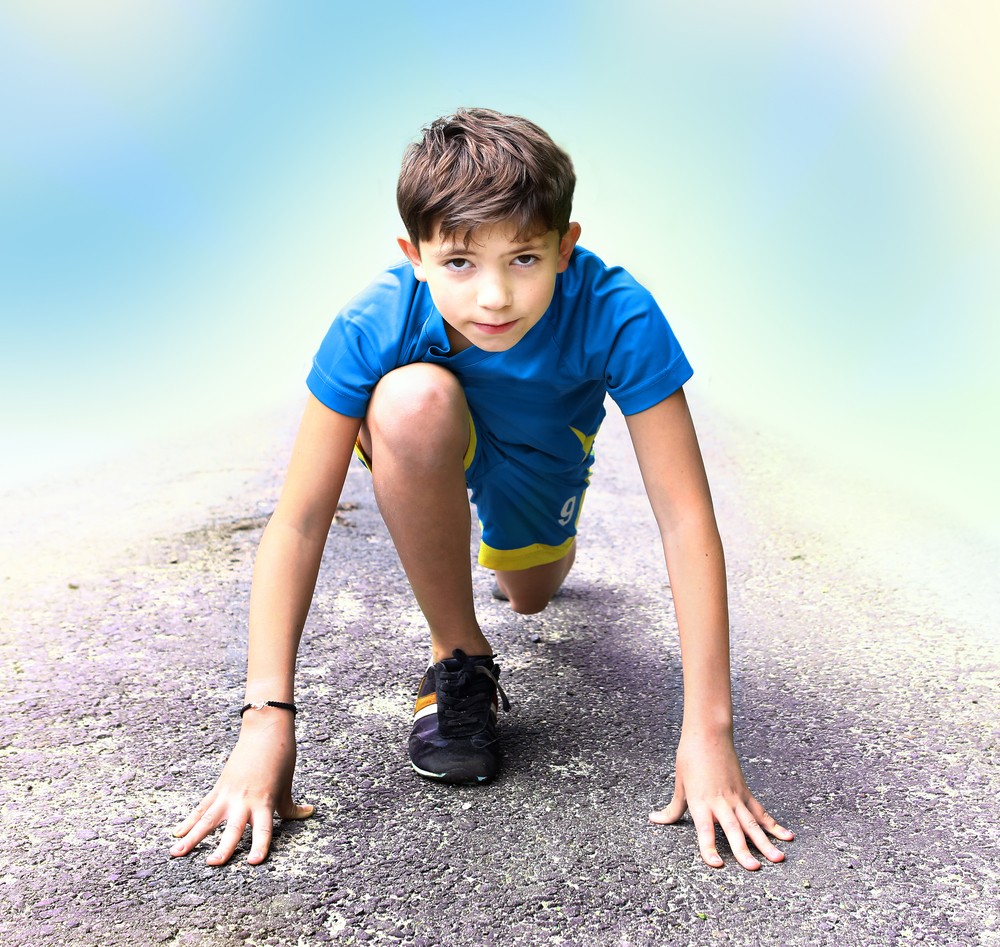
Orthotics play an important role in podiatry and can be an effective treatment option in helping patients with different injuries, pain and foot function. Over the course of their lifespan orthotics can see a lot of wear and tear and it is important for your Podiatrist to review them in order to maintain the longevity of the devices. There are several factors, including a patients age, activity levels, occupation, biomechanics and footwear, that can affect how much an orthotic will perform and ultimately wear.
There are different components and materials that make up an orthotic and these areas may need adjusting by your Podiatrist if they have
become worn. There are a few signs that a patient can look for to see if their orthotic requires adjusting.
Signs of orthotic wear;
– The covers on the top of the orthotic may be worn and become frayed or torn.
– The arch of the orthotic may start to collapse or need increased support.
– The bottom of the heel may become worn on one side depending on the patient’s foot structure and gait patterns.
– The edges may crinkle or curl depending on use and footwear.
– They may smell or be dirty.
What to expect from your orthotic review? In your orthotic review, your Podiatrist
will run through several different things to ensure your orthotics still fit, look and feel good.
A review of the orthotics wear and tear and to assess any elements that may need adjusting
Review of the patient on the orthotic to ensure the devices are still fitting well and are offering the correct amount of static support
Review of any current issues and biomechanics that may be affecting the patient, and assessing how the orthotic can be adjusted to improve
outcomes
Review of the patient’s current footwear as this plays a large role in the success and effectiveness of any orthotic device
Make any adjustments to orthotics such as replacing top covers, increasing support and adjusting any wear areas.
Review of muscle strength and joint range of motion and making any adjustments to the foot, ankle, knee and hip that are required.
It is important to continue with six-monthly orthotic reviews as our feet can change and so can our orthotics, so adjusting and maintaining
are important for foot health just the same as you would service a car. Most patients will be able to get anywhere from 2 to 5 years from a
pair of custom orthotics and there are some things a person can do themselves to maintain and increase the longevity of these devices.
Caring for your devices
Wearing orthotics with socks will reduce friction and wear
Airing devices out regularly and allowing them to dry if they get wet
If putting the orthotic into different shoes, ensure the device has ample room and fits properly into the shoe, otherwise it may get
crinkled and squashed. Your podiatrist can help you with shoe fitting and your devices.
Keep them away from pets and animals
If they become damaged or worn, booking in with the podiatrist to give them a tune up
Ensuring the orthotics are clean and have no dirt or debris on them that can affect and ruin the top cover.
If you are due for an orthotic review or have any questions you can book an appointment with one of our friendly podiatrists by visiting our website or call us on: 8363 4588.

In the realm of diabetes management, where foot health plays a pivotal role, individuals in the Australian population are finding a trusted ally in PodSquared Podiatry. Specialising in comprehensive foot care, PodSquared Podiatry takes a proactive stance in addressing the unique challenges posed by diabetes. In this blog post, we'll delve into the tailored approach PodSquared Podiatry adopts to ensure optimal foot health for those managing diabetes.

Podiatrist Will Duncan presents a short video reviewing cycling shows and how they differ from running shoes (sneakers). Please enjoy.

What this article tells you What the most common cause of heel pain is in active young children How to understand it Presentation and expected findings Differential diagnosis (things to look out for) Management and treatment Contacting our podiatrists With the beginning of the new sports season we often seen an influx of children between […]